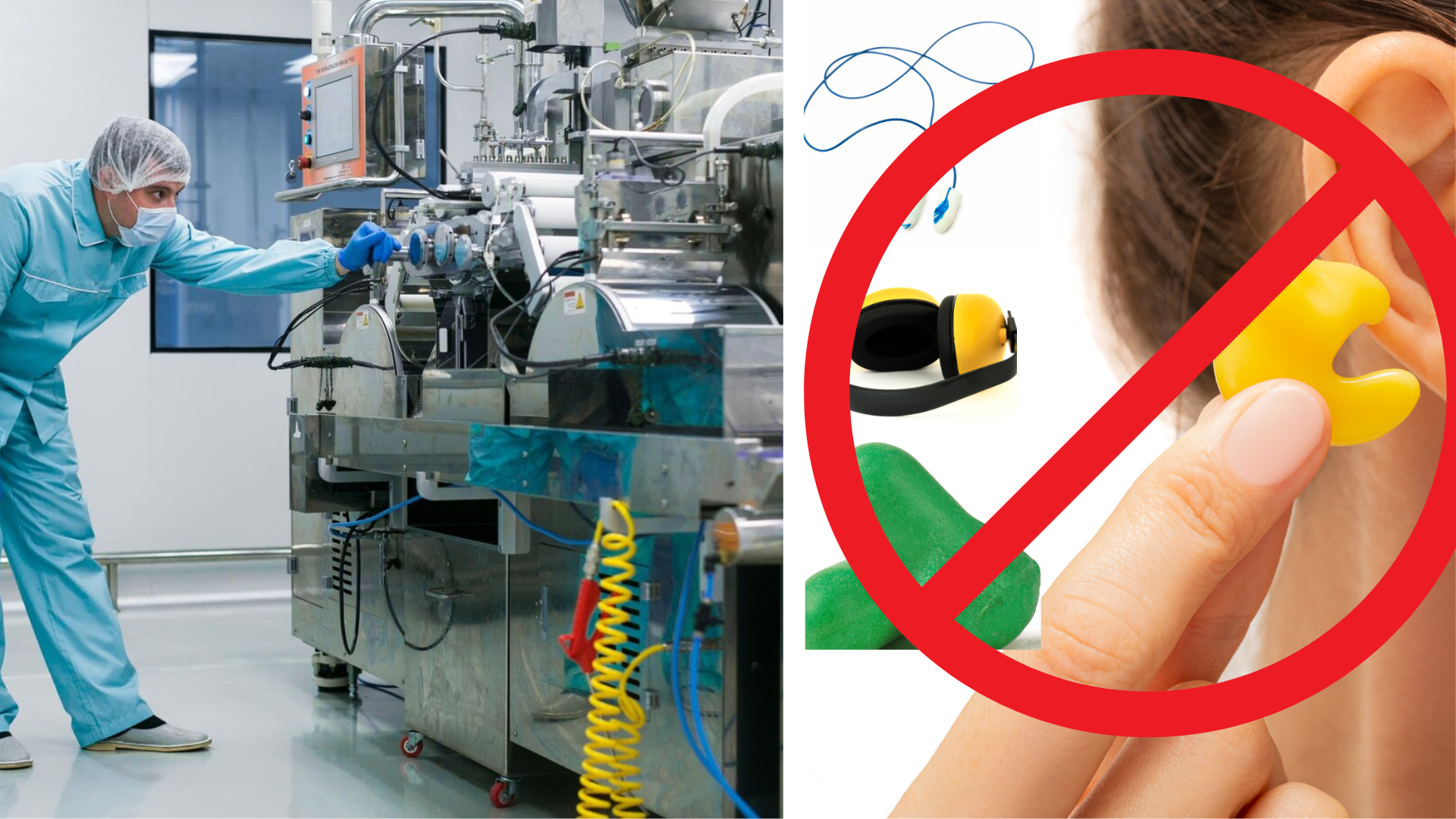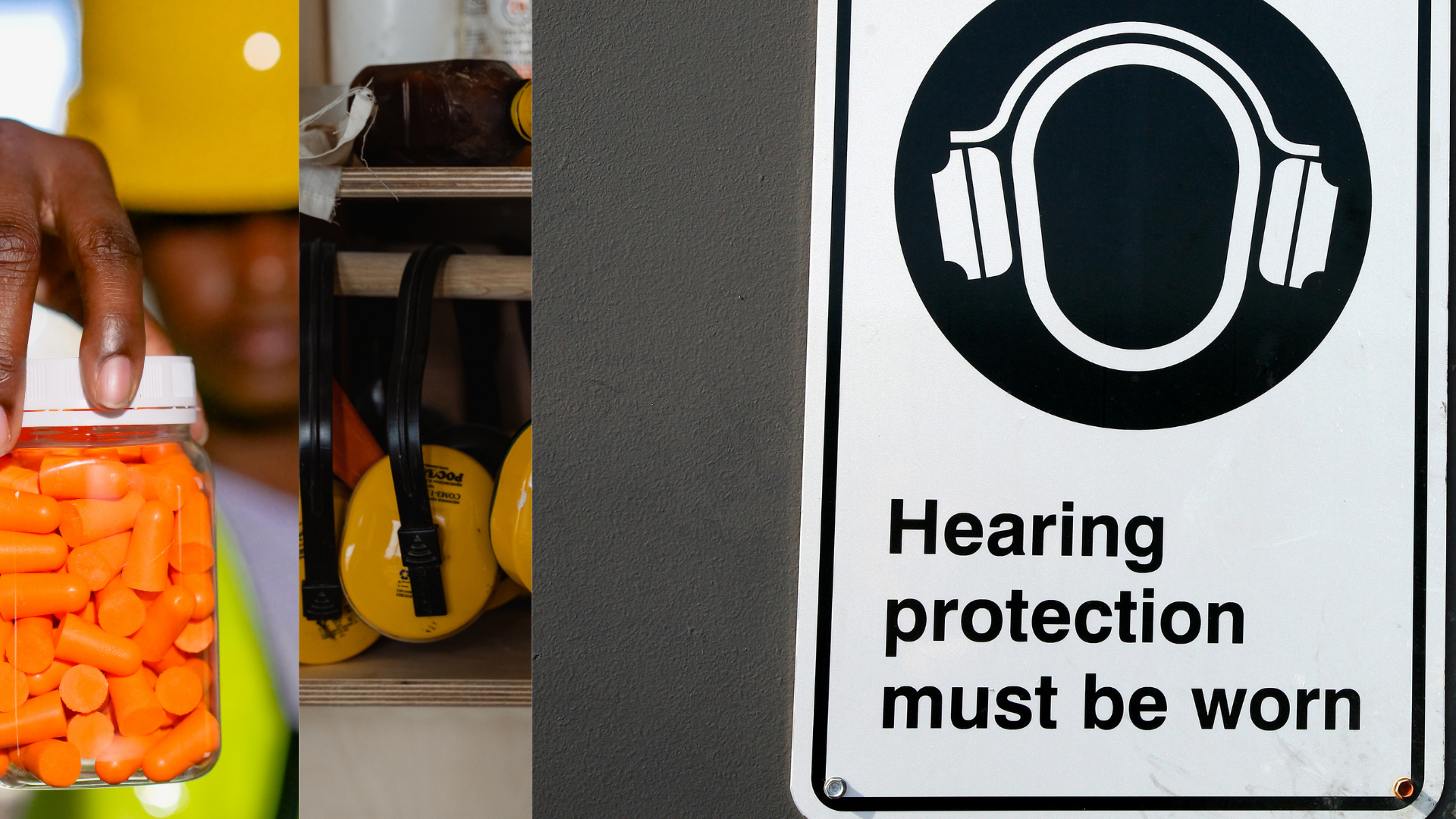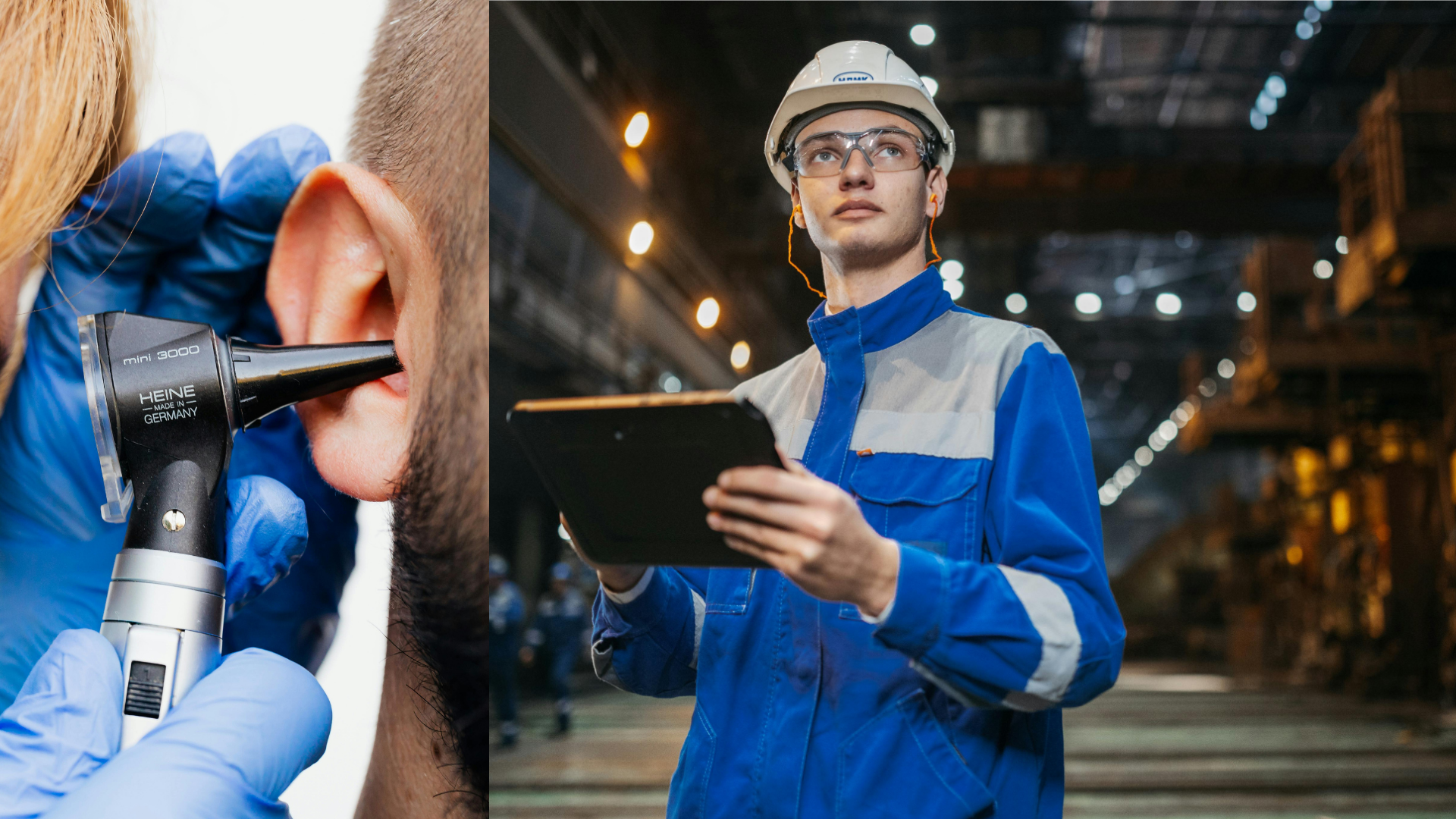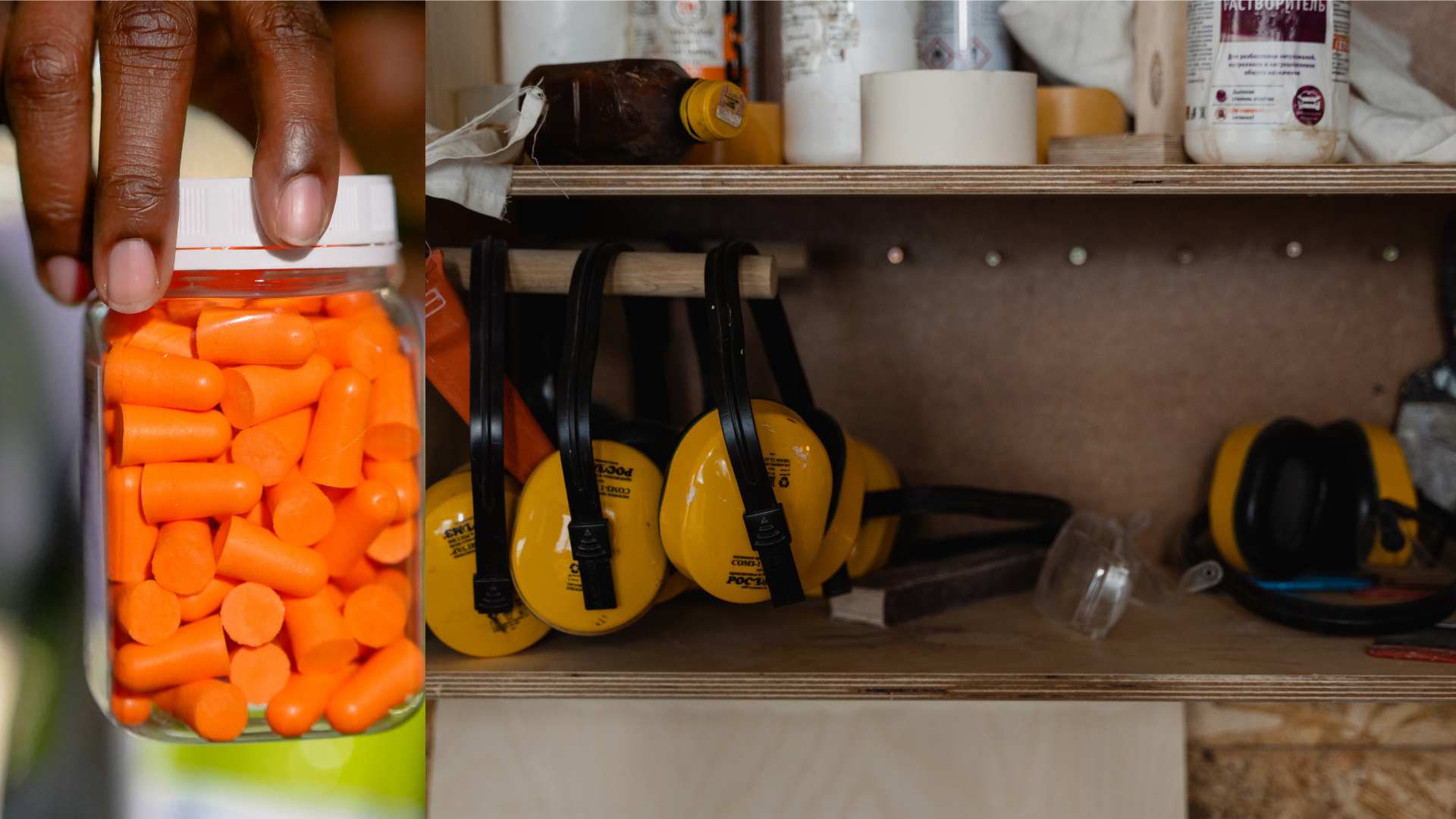Regulating Noise in the Workplace
The most common workplace injury in the US is hearing loss. Approximately 22 million Americans are subjected to potentially harmful noise conditions at work and risk hearing loss, according to the National Institute for Occupational Health (NIOSH).
Hearing loss can affect your performance at work as well, and increase the risk of accidents. It can also debilitate the working relationship you have with your colleagues and your boss. The effect of hearing loss on your work is not just cosmetic – studies have shown that hearing loss can reduce your earning potential and also make you less employable, so there is a lot at stake when it comes to preserving your hearing on the job.
Luckily, government regulations have been protecting the hearing of the American workforce for decades.
OSHA: Government-regulated noise-levels
OSHA mandates that places of work stay within specific noise boundaries in order to safeguard employees ‘ rights to a safe place to work. Founded in 1971, its impact on workplace safety was dramatic. The reported rates of severe injuries and diseases in the American workplace has decreased from 11 out of 100 in 1972 to 3,6 out of 100 in 2009.
By measuring sound in units called decibels (dBA), OSHA establishes legal boundaries on workplace noise exposure. These limitations are based on an 8-hour average working day. The permissible exposure limit for all employees for an eight-hour day is 90 dBA of consistent noise.
The employer’s responsibilities
Based on the OSHA measures, employees have certain responsibilities to uphold when it comes to noise in the workplace. When an employee is subjected to 8 or more hours of noise exposure at 90dBA or more:
- The employer has to set up a hearing protection program for each worker, and noises must be more closely monitored to see how much more noise exposure is permitted.
- Employees must receive guidance and education on noise-induced hearing loss and other health hazards associated with noise exposure.
- A foundation hearing test must be provided to staff within six months of work in a setting where they are subjected to regular amounts of loud noise. They should then receive an annual hearing test to ascertain whether noise exposure has caused hearing loss in comparison to the initial hearing test.
- A range of hearing protection options should be provided to employees.
- Employers must provide guidance on the effective use of hearing protection to avoid accidental hearing damage when engaged in company work activities.
- Employers must keep records of employee noise exposure levels.
NIOSH: Recommended noise-levels
Although the OSHA standards have been in place and have saved many workers from developing hearing loss, the most recent research recommends even stricter limits on noise.
NIOSH is a research group within the Centre for Disease Control and Prevention (CDC) which conducts the latest research related to occupational health. Their most recent research suggests an 8-hour baseline exposure of 85 decibels is appropriate, 5 decibels below current legally-enforced OSHA guidelines. Exposures above this point are deemed to be dangerous.
The limits of noise level supplied by OSHA and NIOSH are based on both the length and volume of the sound exposure. So, the exposure length should be cut in half for every noise level increment of 3 dB (NIOSH) or 5 dB (OSHA).
OSHA allows for 8 hours of exposure at 90dBA and 4 hours at 95dBA, while the stricter NIOSH guidelines allow for 8 hours’ exposure at only 85dBA, and 4 hours at 88dBA respectively. The differences between the OSHA and NIOSH standards are even starker the louder the noise exposure level. OSHA allows 2 hours of exposure at 100dBA, while NIOSH allows for only 15 minutes!
Although these NIOSH guidelines might seem overly conservative compared to the OSHA recommendations, it does make sense to stay on the side of caution and remain vigilant when it comes to hearing loss. This is because most people take a long time to realize that they have hearing loss, and by that point the damage is irreversible.
Anadyne
If your business takes places in a noisy environment, the protection of your employee’s hearing is of utmost significance. At Anadyne, we assist businesses such as yours with hearing tests and provide your staff with OSHA-approved ear protection. We have been treating and preventing hearing loss for many years and are acutely aware of how hearing loss can reduce an individual’s quality of life. Contact us today to see how we can help protect your employees and keep your business OSHA-compliant.
The post Regulating Noise in the Workplace appeared first on Anadyne.










